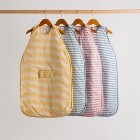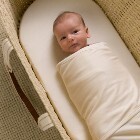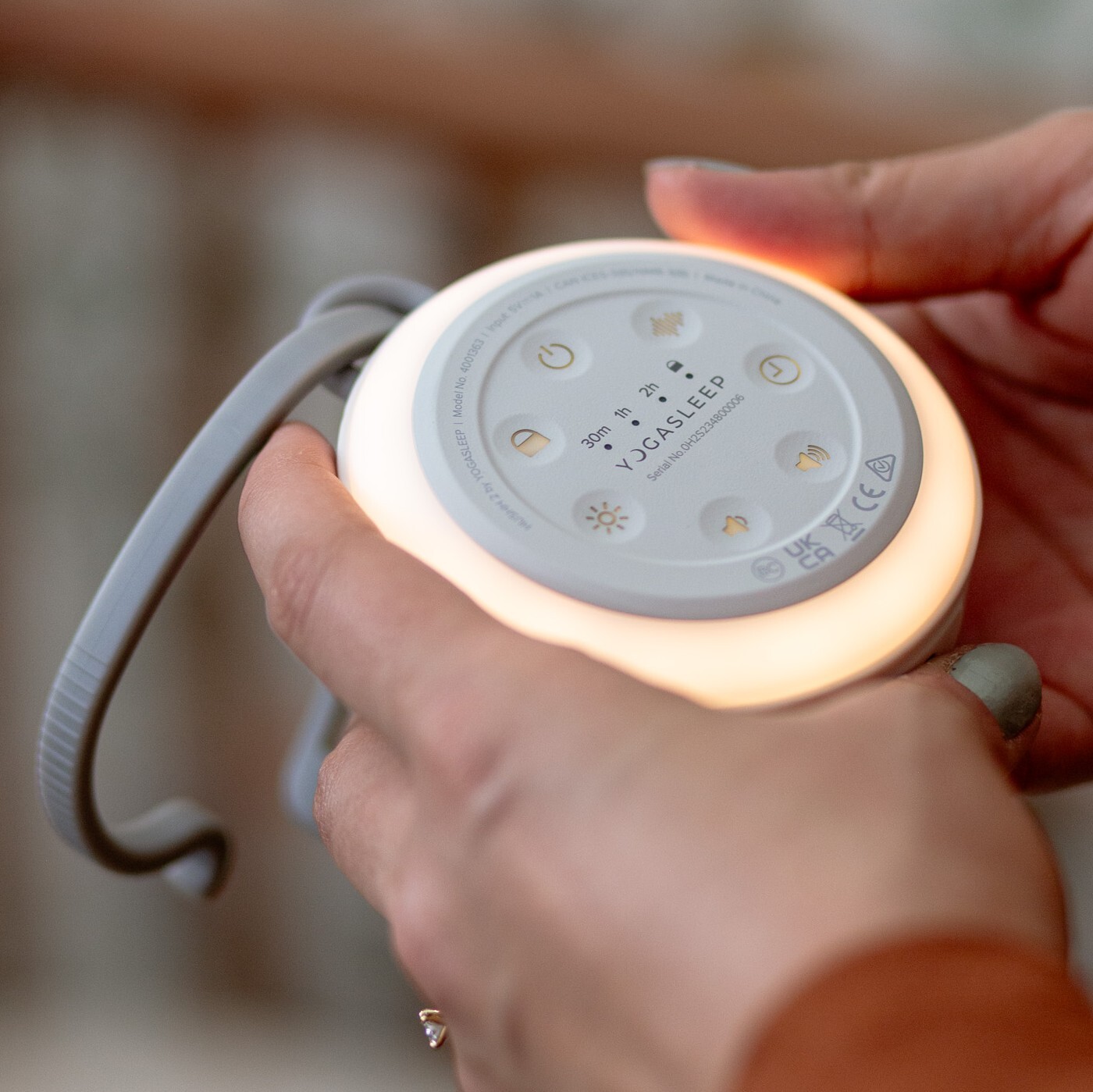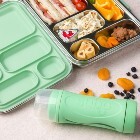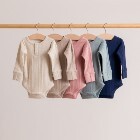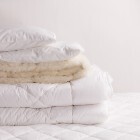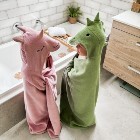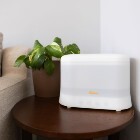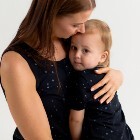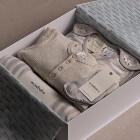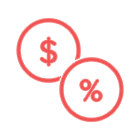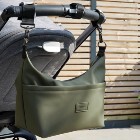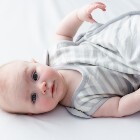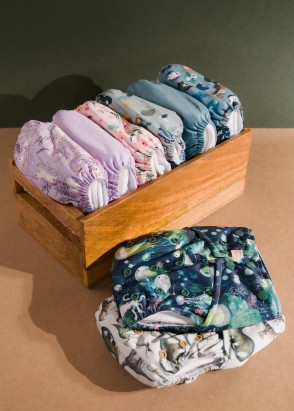1. Less Costly Overall
They will save you money in the long term. Cloth nappies have a larger initial cost compared to disposable nappies, but over time, they are much cheaper, particularly if you’re using them for more than one child. View our quick cost comparison below (hyperlink down):
2. Easy to Use
Most have been designed with velcro or snaps to secure them, which is not only easy, but gives the nappies longevity as they can be used until your child is fully toilet trained, so although they may cost more initially, they will last for the whole time your child is in nappies. Some cloth nappies may start fitting better at 2-3 months of age, so if you want to go cloth 100% it may be good to hire some newborn cloth nappies and then move into OSFM (one size fits most) cloth nappies around 2-3 months.
3. Environmentally better
Even using just one cloth nappy a day saves 365 nappies from going to landfill every year. This will save 1095 nappies from landfill over three years, and 1826 nappies over five years from going to landfill.
Disposables take 300-500 years to break down, so if every child wears about 5,000 nappies in their lifetime, that’s a lot of nappies in the landfill that are going to be there for hundreds of years. There is only one fully compostable brand of disposable nappies available in NZ, all other brands are destined for landfill.
Our Sassy by Nestling cloth nappy inserts are made from natural fibres and can be composted once they are at the end of their life. Just remove the snaps first, or retrieve them from your compost bin once the insert breaks down.
4. Chemical-free
Some disposable nappies have absorbency or other chemicals which can be harmful to your baby’s delicate skin. Using cloth nappies with natural fibre inserts is better for their skin and the environment.


